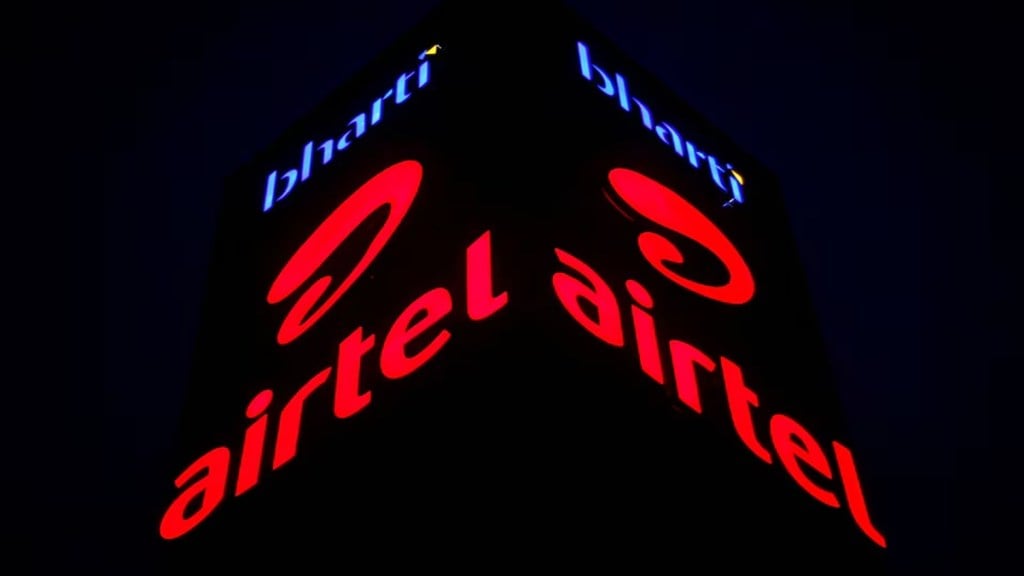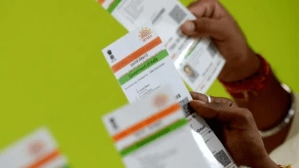The country’s second largest telecom operator by market share, Bharti Airtel, is now focusing on mass retail channels to win subscribers in the home broadband business.
The same assumes significance as Airtel is falling behind Reliance Jio in home broadband segment despite continuously adding subscribers in fixed wireless access (FWA) and fiber-to-the-home (FTTH) services.
“We are as dissatisfied about the fact that we are not where we should be on home broadband. But suffice to say that every month we are getting better,” Gopal Vittal, vice chairman and MD of Bharti Airtel said in an earnings call with analysts to discuss the October-December results.
According to Vittal, the reason Airtel is behind Jio in the home broadband space is because of the customer acquisition strategy. Notably, the company’s focus has been largely to sell through direct-to-customer and online channels.
In a bid to gain pace in adding home broadband subscribers, Airtel has experimented adopting mass retail channels in 4-5 circles. “In these circles such as Northeast, Orissa, which were serious underperformers, we have seen substantial gains that we are now neck and neck (with competition),” Vittal said, adding that the company is now looking to tap subscribers via retail channels all over the country.
“It gives me a great confidence that we are on the right trajectory, but at the same time makes us all very restless that we’re not where we need to be in terms of competitive performance,” he said.
In the October-December quarter, Airtel added 674,000 home broadband subscribers on FWA and FTTH, taking its total base to 9.2 million, a growth of 8% QoQ and 27% YoY.
Comparatively, Jio added over 2 million users sequentially during the quarter, taking its base to 17 million, continuing to widen the gap with Airtel. Of the 17 million, Jio has 4.5 million users on its AirFiber.
Notably, in a bid to improve home broadband sales, Airtel plans to open up around 100,000 points of presence. “In addition, our 30,000 strong fleet of home delivery engineers will also be activated,” Vittal said, adding the broadband penetration in India is expected to reach 80-90 million homes in the medium term from 45 million at present.
Airtel expects its capital expenditure to remain below the FY24 levels in the current financial year and moderate in FY26. “With revenue growth, the capex-to-revenue ratio will continue to decline, eventually reaching levels comparable to global peers,” Vittal said.
Bharti Airtel’s capex continues to moderate. In the October-December quarter, the same was down by 2% YoY to Rs 9,100 crore. In FY24, Airtel’s capex was at Rs 39,482 crore.
“We are not making any new investments in 4G capacity. Instead, we are deploying additional 5G radios as we expand and see more devices entering the market. These are the areas where capex continues to be allocated,” Vittal said.
Airtel recently awarded network extension contracts to equipment makers Nokia and Ericsson.
Vittal also highlighted that Airtel will not be an early mover in offering graphics processing units (GPU) as-a-service space, which involves providing GPUs for high computing tasks such as AI training, to startups and companies.
“We’ve done multiple workshops to understand the space well, and we’ve decided that we will not be an early mover on the GPU as a service,” Vittal said, adding that cost of the quality, efficiency of the chips and the money one makes on GPU-as-a-service is changing very fast.
Airtel is also looking to exit a large part of the low-margin global wholesale voice and messaging business. “We have made the decision to exit this low-margin business, which will impact the top line in the coming quarters. The transition will take about six months. However, this exit will have no impact on Ebitda,” Vittal said.
On postpaid, Airtel’s focus continues to be on the 80 million potential customers, based on their credit worthiness to upgrade.
“There’s no reason why we shouldn’t get upwards of 50 million over the next few years on postpaid because there’s an 80 million base that is ready to actually get onto postpaid,” Vittal said. According to Vittal, there is a lot of headroom for growing postpaid pricing given that postpaid pricing is not very different from prepaid and the latter is increasing.
At the end of December quarter, the company’s postpaid base was at 25.2 million.
The company reported a net profit of Rs 14,781 crore, a fourfold jump sequentially during the October-December quarter. Consolidated revenues rose 8.8% sequentially to Rs 45,129 crore.









